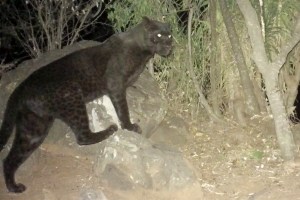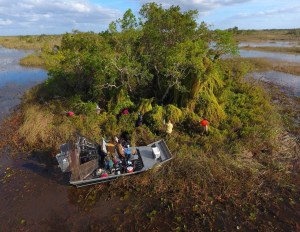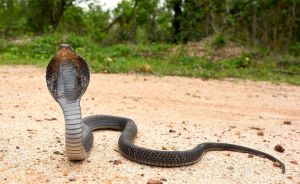Discover stories in Conservation Science
Seven Wildlife Diseases You’ve Never Heard Of
Wildlife diseases are an often-overlooked threat. We give you the short details on seven little-known bacteria, fungi or viruses threatening wild species.
The Conservation Story of the Kenya Black Leopard
The first scientific confirmation of a black leopard in Kenya is a story of conservation, community and coexistence.
Dirt to Soil: A Farmer’s Tell-all Puts Soil First
North Dakota farmer Gabe Brown’s journey to regenerative agriculture.
Recovery: How Herbicides Can Save Fish and Wildlife
Many times, the best tool in fighting invasive plants is strategically deployed herbicide.
Could Nanoparticles Save Thousands From Death By Snake Bite?
Up to 100,000 people die of snakebites globally each year. Could nanoparticles offer a solution?
In Pictures: Saving Papua New Guinea’s Sea Cucumbers
View photographs from our reporter’s journey to Manus, where local communities are taking sustainable sea cucumber management into their own hands.
Sustainable Sea Cucumbers: Saving the “Gold Bars” of the Ocean
In Papua New Guinea, a tribal network is taking sustainable management of sea cucumber fisheries into their own hands.
George’s Long Farewell: Why One Snail’s Death Became International News
The death of a colorful snail named George draws international attention over the plight of vanishing species.
Chronic Wasting Disease: What You Need To Know
Chronic Wasting Disease is now found in 26 states. What does it mean for deer, and for you?
Seeing the Forest for Its Carbon Storage
In Maine, carbon offsets markets provide a new revenue stream to keep forestlands as forestlands.
Can Drones Help Stop the Spread of Kenya’s Invasive Cactus?
Some call it a green hell. Can Kenya’s invasive cactus be stopped?
Day of the (Turtle) Dogs
Meet the turtle dogs -- they track and retrieve turtles. For science!











